Q&A: Felix Yang (Orthopedics)


Meet Dr. Felix Yang, an orthopedic surgeon and one of the most recent members of staff to join the UP Medical family. Originally from Wuhan, Dr. Yang studied at the Second Military Medical University, now known as the Naval Medical University.
A very educated and practiced specialist, one thing you might be surprised to learn is he is a die-hard Manchester United fan! He also enjoys exercising, playing the piano, reading, and photography to include using drones.
Read on to learn more about Dr. Yang, his impressive background and his thirst for knowledge:
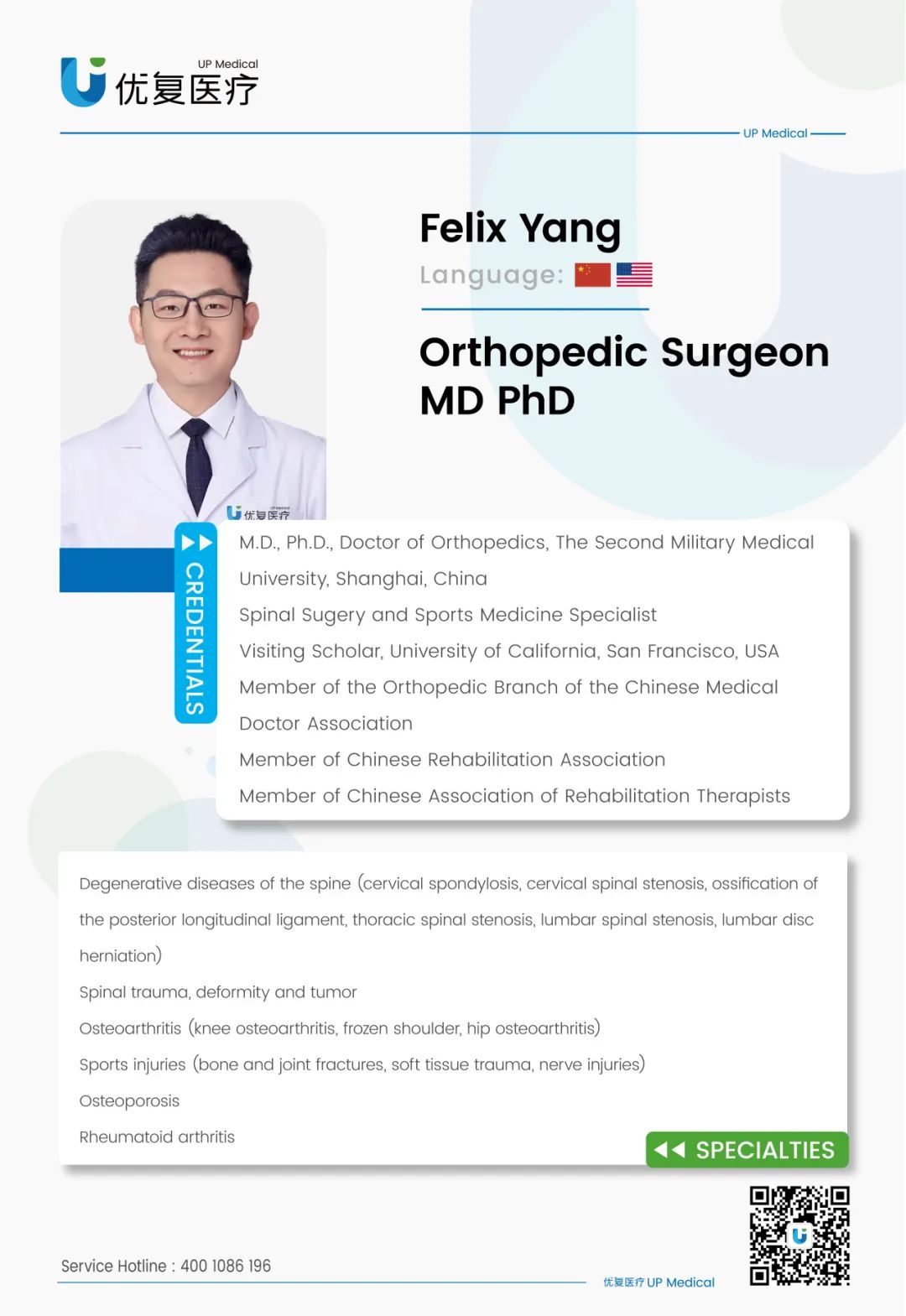

Author / Lauren Dr / Felix Yang
UP Medical
Q1
You have a very experienced resume. Could you tell us what you have done prior to joining UP?
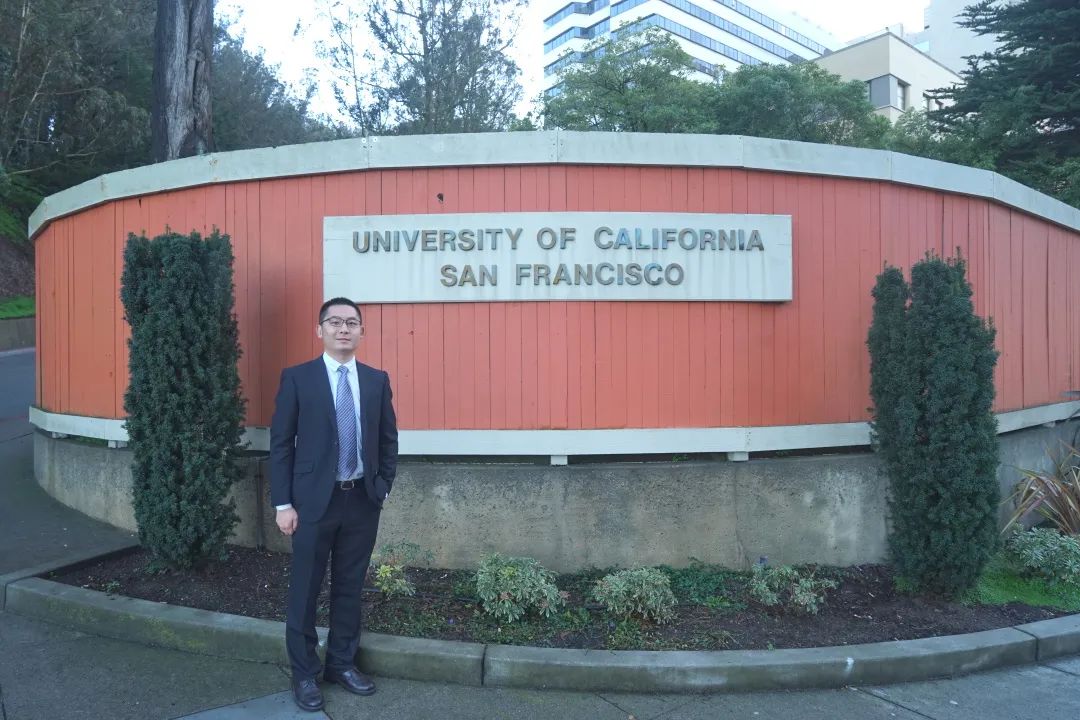
I was admitted to the Second Military Medical University of the Chinese People’s Liberation Army in 2002, majored in clinical medicine. From 2007 to 2012, I studied for my masters and doctoral degrees at the Department of Orthopedics, Changzheng Hospital. It was here that I studied under spine surgery expert Professor Bin.
After graduating with a doctorate in 2012, I stayed in Changzheng Hospital to work in the spine surgery department. During my time in Changzheng Hospital, I accumulated a lot of clinical experience through outpatient/surgical work, especially for spinal degeneration, deformity, trauma and other diseases. I was able to diagnose and treat a variety of cases, while at the same time continuing the development of my personal academia. I published several SCI and domestic core journals, and am the proprietor of four domestic invention patents.
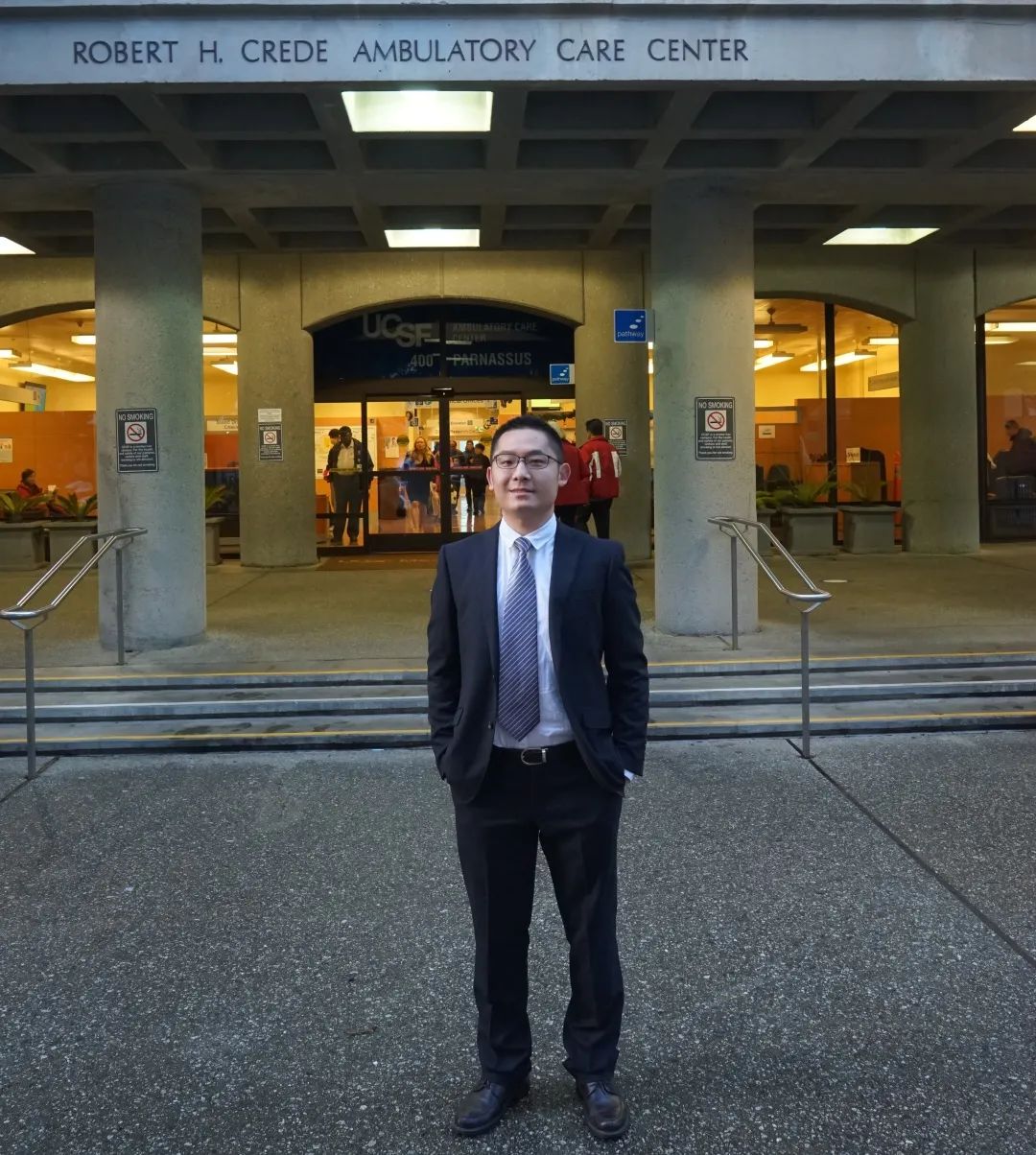
In 2015, I had the opportunity to visit and study at the University of California, San Francisco (UCSF) as part of a joint fellowship trained by the Chinese Orthopaedic Association (CAOS) and the North American Spine Society (NASS). As an internationally renowned medical education and research institution, UCSF provided me with a valuable platform for advanced education in spinal surgery.
While there, not only did I participate in the daily clinical activities at the UCSF Spine Center, but I also joined various international conferences and seminars organized by the center. These activities gave me the opportunity to interact with leading spine surgeon specialists from around the world. I was able to learn much from them, as well as master the latest spinal surgery techniques and treatments. I particularly gained a deeper understanding and practical ability for complex spinal deformity correction, spinal tumor removal, and minimally invasive spinal surgery techniques.
I also took advantage of UCSF’s rich scientific resources to participate in a number of clinical research projects on spinal diseases, further strengthening my scientific foundation. Working with the UCSF research team, I also made important advances in spinal biomechanics and materials science, laying a solid foundation for continuing high-level clinical and scientific work upon my return home.
Studying in the United States not only broadened my international horizons, but also earned me a higher reputation in the field of spinal surgery at home and abroad. After I returned to China, I applied what I learned to my work, advancing the technical level and quality of service of the department, which I oversaw, and contributed to the progress of spinal surgery in China.
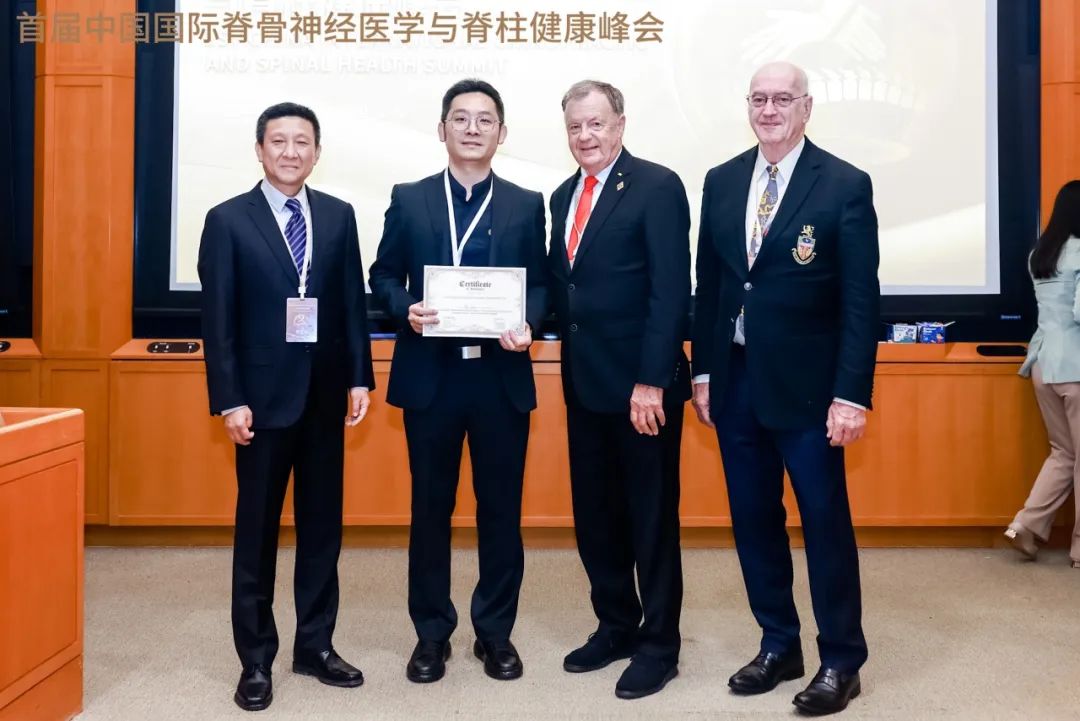
In 2019, I left the military and Changzheng Hospital and joined a well-known online orthopedic education platform. I was attracted by its leading concepts at the time. I served as the head of the Northwest Center of the Orthopedic Internet Hospital, carrying out surgery and outpatient services and Internet telemedicine services. It broadened my vision of the broader medical market. In addition to clinical work, I also learned a lot about medical management and online medical technology.
In 2022, I became the vice president of Jinhua Lianji hospital. During my stay in the hospital, I continued to work in the surgery and outpatient department. I also took care of hospital operations and medical management. While there, I was exposed to sports rehabilitation, a new field for me, Because of my personal interest, I devoted a great deal of energy to the formation of the sports rehabilitation department, and have made major contributions to the development of sports rehabilitation, which laid the foundation for my knowledge of this practice.
Q2
Wow, you have extensive expertise in the field. Could you tell us more about some of your area of expertise?
My specialty is spine surgery. The diseases diagnosed and treated by spine surgery mainly include spinal degeneration (cervical spondylosis/lumbar disc herniation/lumbar spinal stenosis/cervical posterior longitudinal ligament ossification, etc.), spinal deformity (scoliosis/cervicothoracic Congenital deformities of the lumbar spine/upper cervical spine deformities, etc.), and spinal injuries (cervicothoracic and lumbar fractures, dislocations, etc.). The main clinical symptoms of patients include neck, shoulder, waist and leg pain, and numbness and pain in the limbs caused by spinal cord/nerve compression, etc. Spine surgery mainly focuses on the lesions of spinal vertebrae, joints, surrounding intervertebral discs, ligaments, blood vessels and other soft tissues, as well as the impact of the central nervous system (spinal cord/cauda equina) on the motor and sensory functions of the limbs.
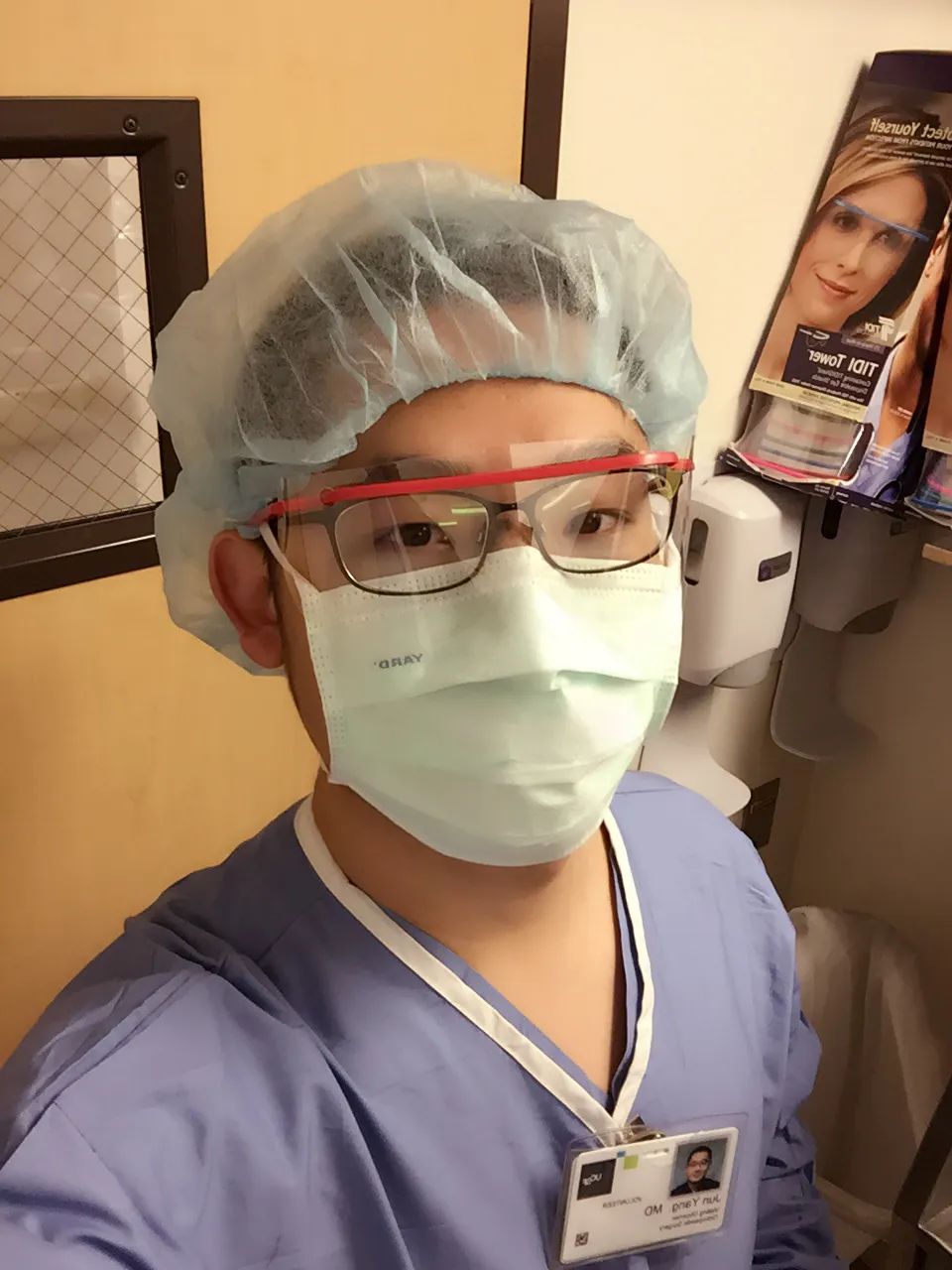
Q3
How did you decide to pursue this career path?
Out of admiration for soldiers and my own curiosity about the structure of the human body, I chose to enter the military medical university. I didn’t have a clear plan at that time, but I entered the army and medicine by chance based on a primitive impulse. this industry. Later, there were three poignant moments in the development of career paths.
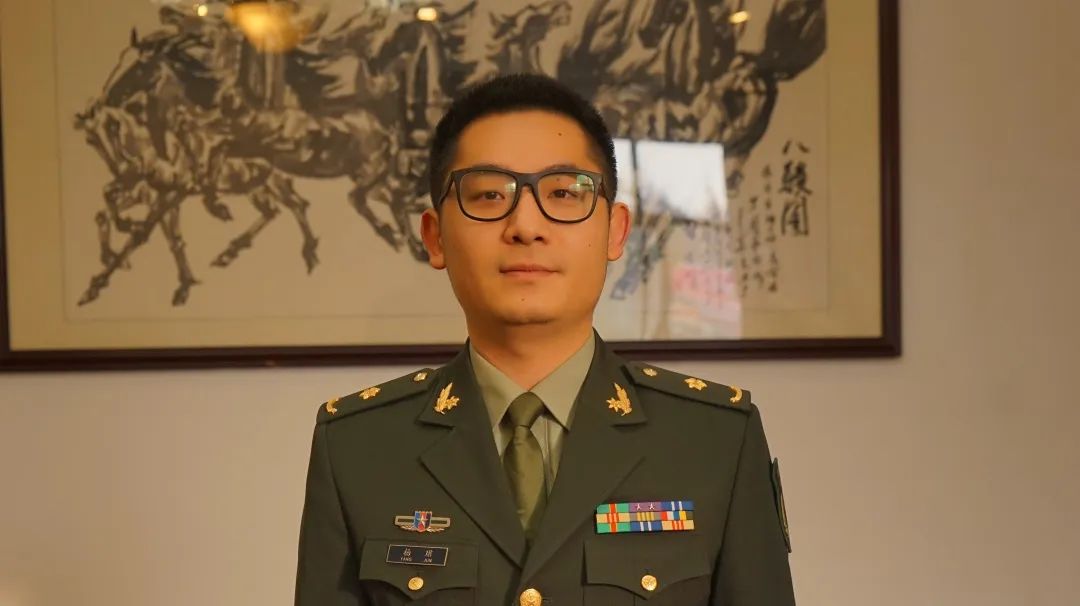
The first, was when I chose orthopedics as my future career direction when I was in graduate school.
During my internship at Changzheng Hospital, I spent a lot of time in the orthopedic emergency room, which is probably the busiest department in the entire hospital. I encountered many interesting cases in the emergency room, including wet gangrene and disarticulation injuries, there were burst fractures and carious car accident and knife injuries too. Behind every case there was a little-known story. It was like a big vat of seeing society, which made me feel how I did when I was still a student. At that time I decided to take orthopedics as my future career direction.
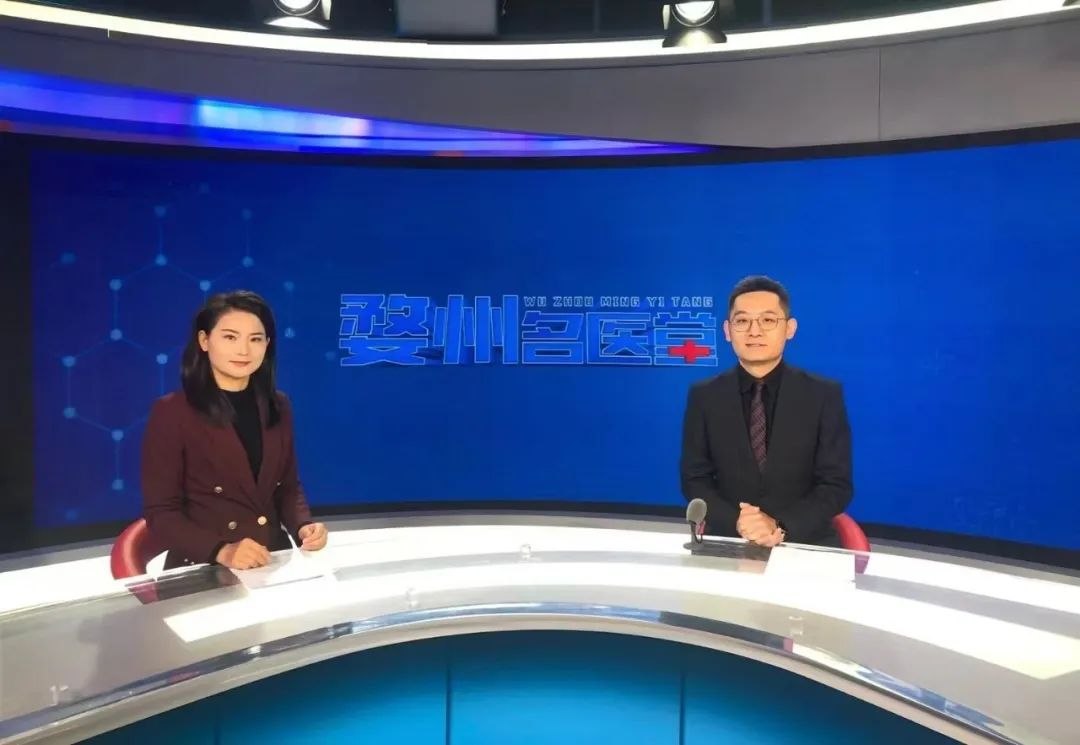
The second moment, was when I took off the military uniform and completely transformed from a soldier to an ordinary citizen.
I am a person with a wide range of interests. At Changzheng Hospital, we stand at the top of the medical industry. Although we have been exposed to a large number of cases, it is only a glimpse into the entire medical system. I want to see a broader picture and learn more about the direction of medicine through different perspectives. For this reason, I took over additional work such as Internet medical technology, medical management, market development, hospital operations, etc., which I had no chance to get involved with previously. These experiences also provide me with future development. They provide me with more dimensions and allow me to look at many issues in medical work from a more ‘macro’ perspective.
The third moment was considering sports rehabilitation as the way forward for my future career.
In Changzheng Hospital, I have seen the most complex cases and surgeries. In Northwest China, I have seen the specific unfolding of tertiary medical institutions. I have always had a question in my mind – as a surgeon, I have treated so many patients. In fact, the proportion of orthopedic patients who actually need surgical intervention is very small. For the other patients who do not meet the indications for surgery, how can us surgeons help them? We focus mainly on those patients who need surgery, and patients who do not need surgery, but endure pain from imaging findings and we often ignore them. Treatment measures such as resting/oral anti-inflammatory analgesics, etc., seem to have become a means of “coping” when working with patients.

Q4
How did these different and decisive moments lead you to join UP?
With this kind of doubt, I came into contact with the sports rehabilitation industry in Zhejiang by chance. Through study, I learned about the importance of active training, the efficacy of physical therapy, and the cutting-edge development of chiropractic care. These treatment methods and disciplines are difficult to get involved with in the training system of surgeons. So I started to visit successful medical institutions in Shanghai and Hangzhou, and established a sports rehabilitation department in the hospital. I worked with the PT/TCM therapists to form an in-hospital MDT team, and treated many sports injuries, as well as chronic neck, shoulder, waist and leg pain, scoliosis, etc. This experience became the driving force behind my decision to join UP Medical, a leading platform in the orthopedics/sports rehabilitation industry.
Q5
With your experience and seeing a wide array of patient types, what do you see as one of the biggest challenges with patients?
I think the biggest challenge in working with patients is the process of gaining their trust. Medicine is a natural subject with profound mechanisms. The exploration of diseases is the eternal theme pursued by our doctors. The diagnosis and treatment of diseases are constantly updated as the understanding of these diseases continues to deepen. In addition, there are certain differences between the disease itself and the patient’s proprioception. For musculoskeletal pain, which is the most common type of pain in our orthopedics department, each individual’s perception of pain is different.
As a result, there is a certain degree of uncertainty in the diagnosis and treatment of the patient’s condition. For doctors, we need to spend considerable energy and time studying the patient’s specific situation in order to make more accurate judgments. This uncertainty in medical treatment can create a cognitive gap between patients and doctors. We have to learn how to communicate in the plainest language so that patients can understand this uncertainty, the nature of doctor’s’ work, and reach a consensus on how to overcome the disease together. I think this is the biggest challenge we face in the process of practicing medicine.
The key of how to break through these cognitive barriers lies in us doctors and treating patients with empathy. This is my own perception. We try our best to treat patients as our relatives or friends, not only to understand their diseases, but also to understand their work, family, living habits, interests and hobbies. To fully understand a patient from these details, you can explore factors such as the causes of their illnesses and the impact of their emotional changes on their illnesses. Establishing this trusting relationship with patients can also provide more opportunities for patients to truly understand the diagnosis and treatment process of the disease and the nature of the doctor’s work.

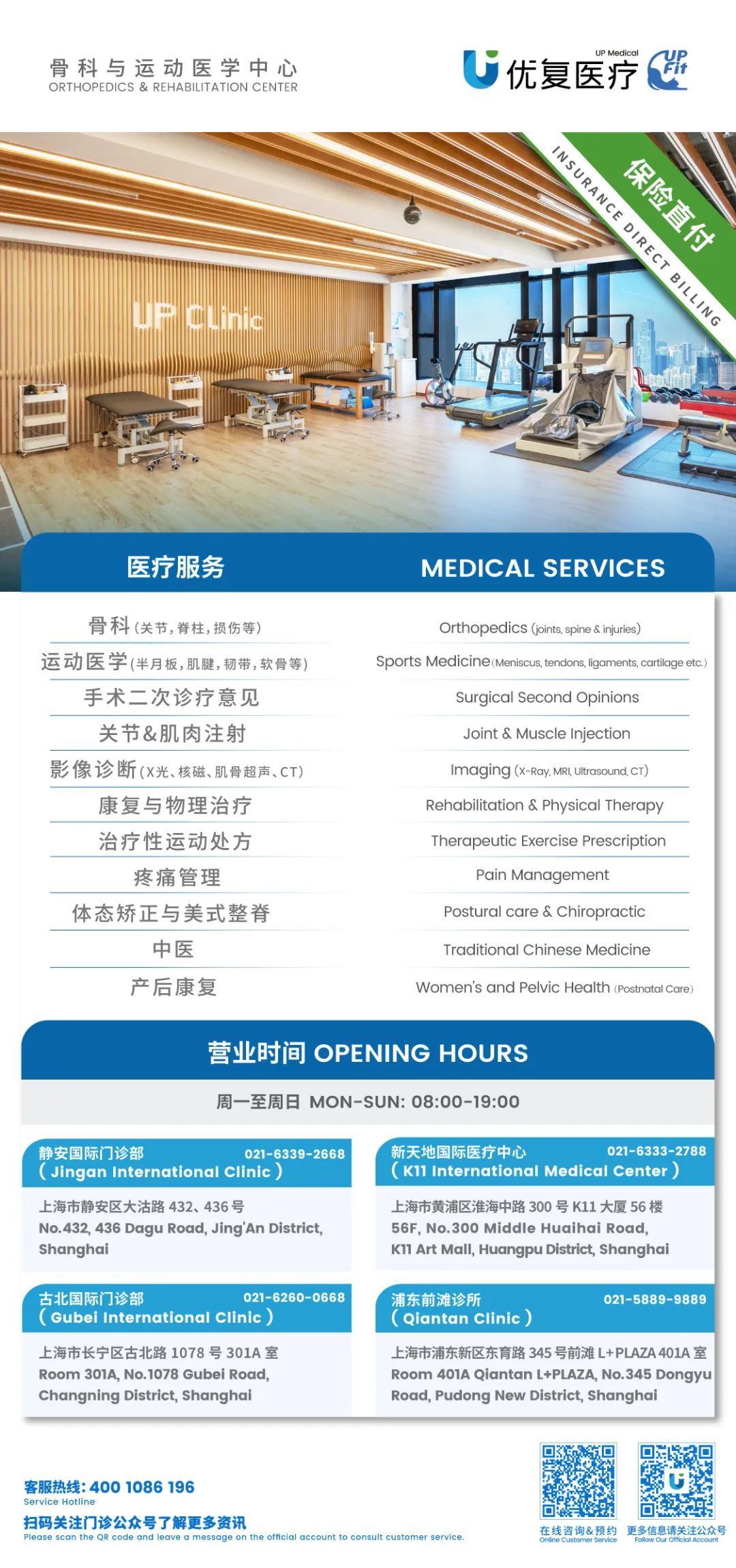
本篇文章来源于微信公众号: 上海优复康复医学门诊部

